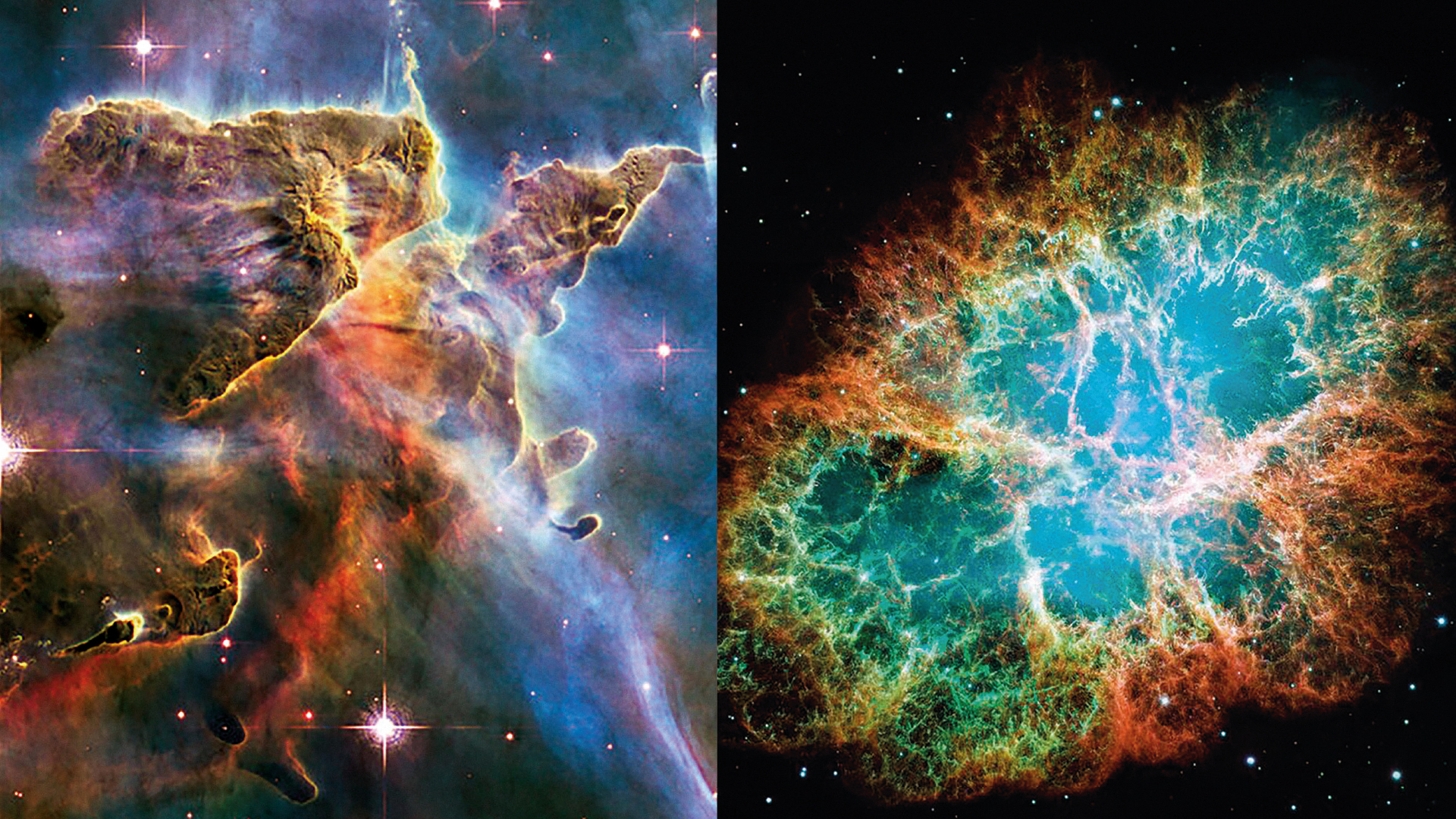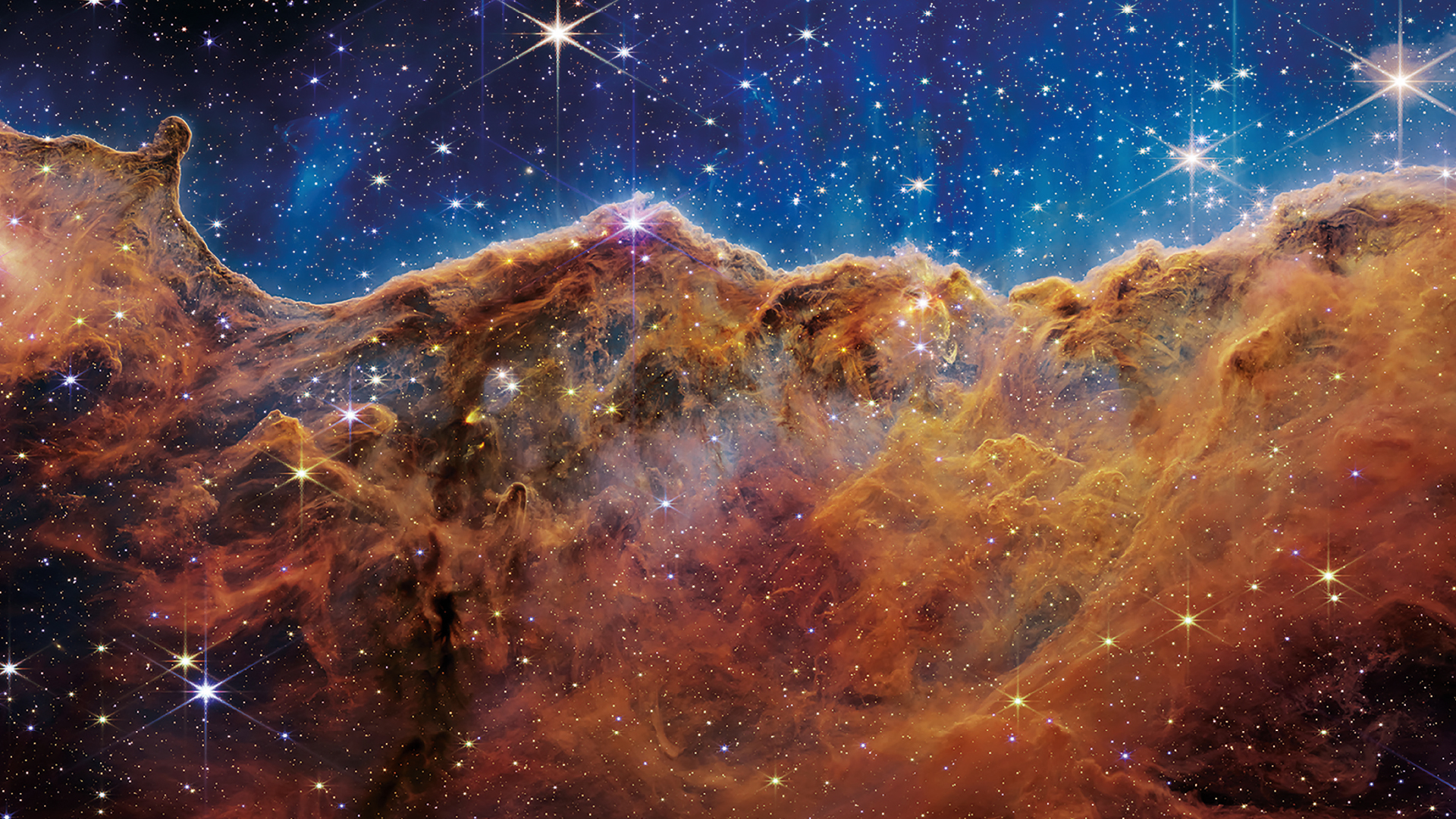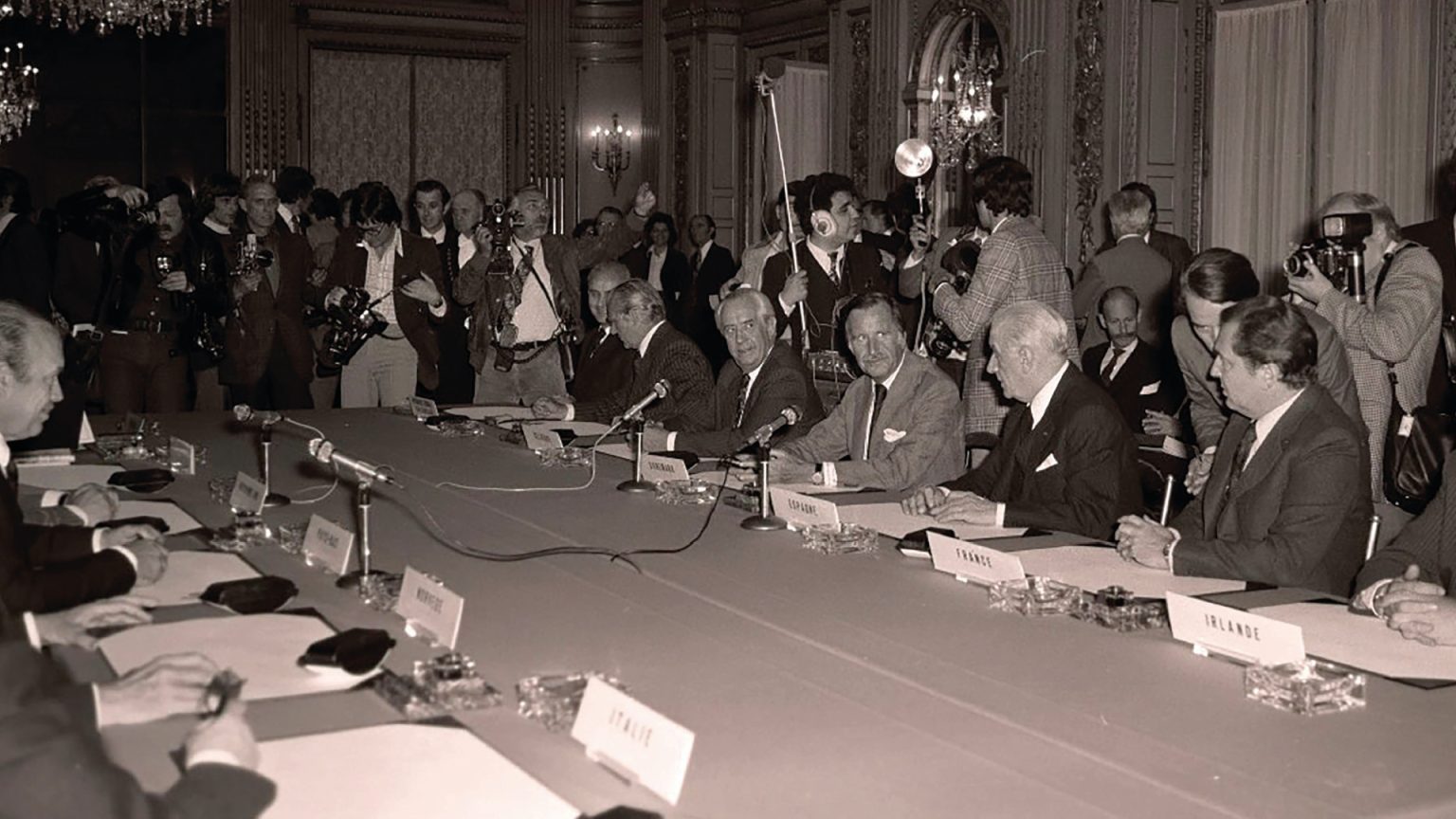Since its birth in 1975, the European Space Agency has been the light that guides Europe towards the mysteries of Space. With each mission, each satellite and each exploration, ESA takes us towards the unknown, driving our curiosity beyond Earth and opening new windows and opportunities to the universe. Fifty years later, ESA not only continues to explore the universe, but serves as a reflection of one of the most primitive instincts of human beings: exploration.
Text: Tatiana Cociu
ESA’s Day Zero
On this historic date, ten European countries officially signed the Convention establishing ESA as an intergovernmental organisation dedicated to cooperation in the exploration and development of Space. This act served as the basis for Europe to unite efforts, resources and talent with the common goal of reaching and exploring the cosmos, ushering in a new era of scientific and technological collaboration on the continent.
Credit: ESA
24 April 1990:

Photo: Crab Nebula, photo taken by Hubble. Credit: NASA
12 November 2014:

The Rosetta probe lands on a comet
ESA’s Rosetta probe achieved the first landing on a comet when the Philae module landed on comet 67P/Churyumov-Gerasimenko. Despite a difficult landing, Philae sent back valuable data about the comet’s composition, helping to understand the origins of the solar system and life on Earth.
25 December 2021:

The telescope was launched from the European Spaceport in French Guiana, aboard an Ariane 5 rocket provided by ESA. This observatory, the result of international collaboration between NASA, ESA and the Canadian Space Agency, is designed to offer the most detailed and deep vision of the universe ever achieved. After a complex deployment in Space, James Webb is already sending images and data that promise to revolutionise our understanding of the universe, from the formation of the first galaxies to the exploration of atmospheres of habitable exoplanets.
Photo: Cosmic Cliffs, photo from the James Webb Telescope
Credit: NASA





